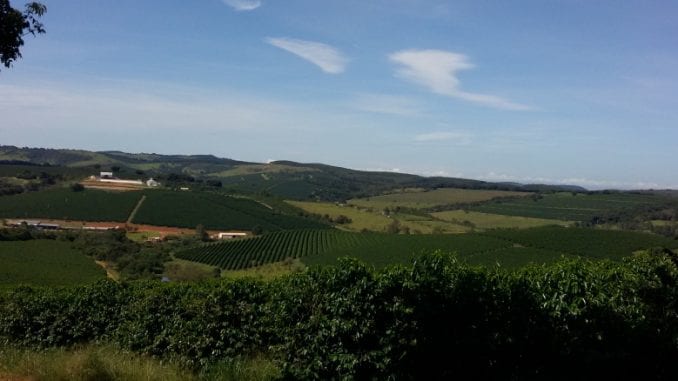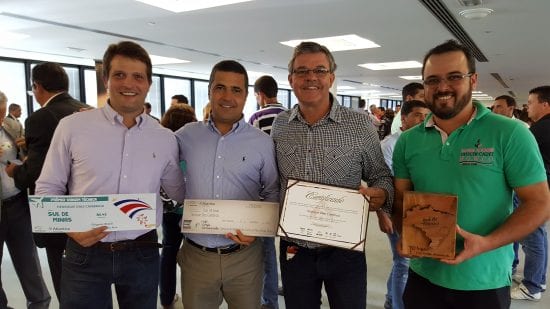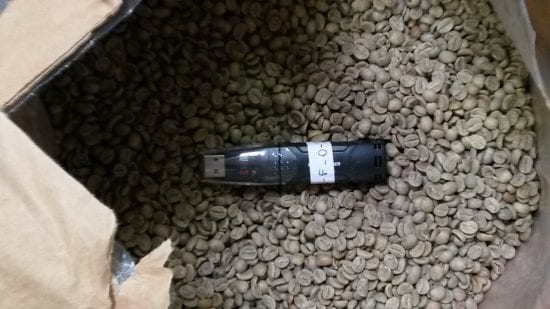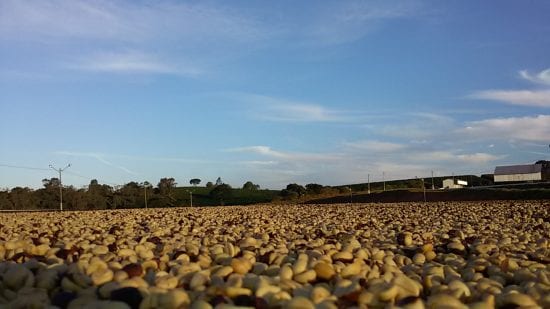
How do we make coffee better and deepen our understanding of its potential? Science—that’s what 20 producers have done in Brazil, partnering up with universities and researchers to form SanCoffee.
BY KELLY STEIN
SPECIAL TO BARISTA MAGAZINE
Photos courtesy of the SanCoffee cooperative
Since its founding, SanCoffee has demonstrated a serious commitment to quality, connecting farmers in Brazil to specialty coffee buyers and helping to improve the quality of coffee through partnerships with universities and scientific institutions. These parties help the 20 cooperatives that are part of SanCoffee to improve their crops. “Besides our close relationship with the Federal University of Lavras (UFLA) as a co-op, I am personally involved in research with my doctorate oriented by Dr. Flávio Meira Borém”, says SanCoffee’s general manager, Fabrício Andrade.

According to Fabrício, terroir plays an important role for coffee quality, but it can be more fully expressed—and coffee quality therefore improved—through better processing methods, efficient machinery, and an understanding of which varietals will perform better according to a farm’s natural conditions. One example of a change implemented by SanCoffee to improve coffee quality is a new drying protocol, adopted by SanCoffee farmers in 2014. Developed at UFLA, the new procedure guarantees consistent drying rates in all phases during the coffee drying process.

Just by changing these post-harvest techniques, coffee quality has increased, with coffees receiving higher cupping scores. “We can replicate results when the new drying protocol is respected by the producer,” Fabrício shares. 2016 proved that these small changes could produce big results, with four producers from SanCoffee performing well at the Brazilian Cup of Excellence. “First place in the naturals competition is ours, and the accomplishment raises the bar of quality standards in the region,” says SanCoffee president Henrique Cambraia.

The winning coffee came from Fazenda Guariroba, where cherries of Yellow Catuai were carefully picked and slowly dried, resulting in very complex fruity notes and a final score of 90.5 points. The grower, Homero Paiva, is a member of SanCoffee, and can trace his coffee roots back five generations—his ancestors founded the Brazilian Specialty Coffee Association (BSCA).
In addition to this achievement, other SanCoffee-associated farms produced excellent coffees of note. Coffees from Fazenda Mumbuca and Fazenda Samambaia were selected as national winners, while Fazenda Vila Boa had a coffee that made it into the last round of the competition.

Improvements in quality don’t end at the farm. SanCoffee has also made partnerships in the private sector, and is working on developing and implementing a high-tech package that maintains the sensorial attributes of green coffee for at least 18 months in the warehouse. This product is already in use thanks to Dr. Borém from UFLA-MG, who conducted the research in partnership with Klabin (the largest producer and exporter of paper and packaging materials in Brazil), BSCA, the Brazilian Agency for the Promotion of Exports and Investments (Apex), Videplast, Bourbon Specialty Coffees, and Carmocoffees.
These two cases are good examples of the numerous benefits when science crosses with coffee growing. Located in the Santo Antonio do Amparo region, in the southern part of the state of Minas Gerais, the 20 producers of SanCoffee are changing the specialty coffee culture in the region. “Innovation comes with consistency, and these innovations are actually producing things of value to the coffee,” says Fabrício.
 ABOUT THE AUTHOR
ABOUT THE AUTHOR
As a journalist, Kelly Stein has written about coffee in South America for six years in local newspapers and magazines, as well as for international publications such as STIR Tea & Coffee Magazine. Based in Brazil, she loves telling stories from the biggest coffee producer in the world. To follow her coffee/gastronomic adventures, follow her at Instagram: @kellinhas.

